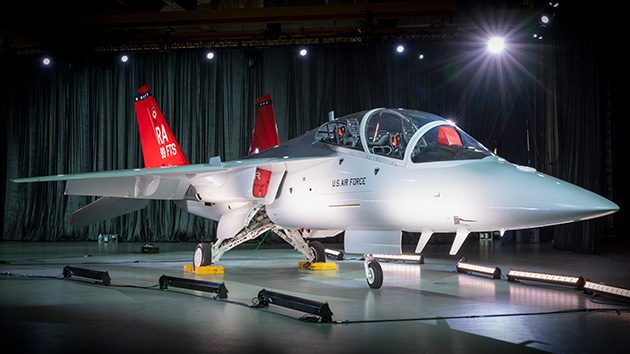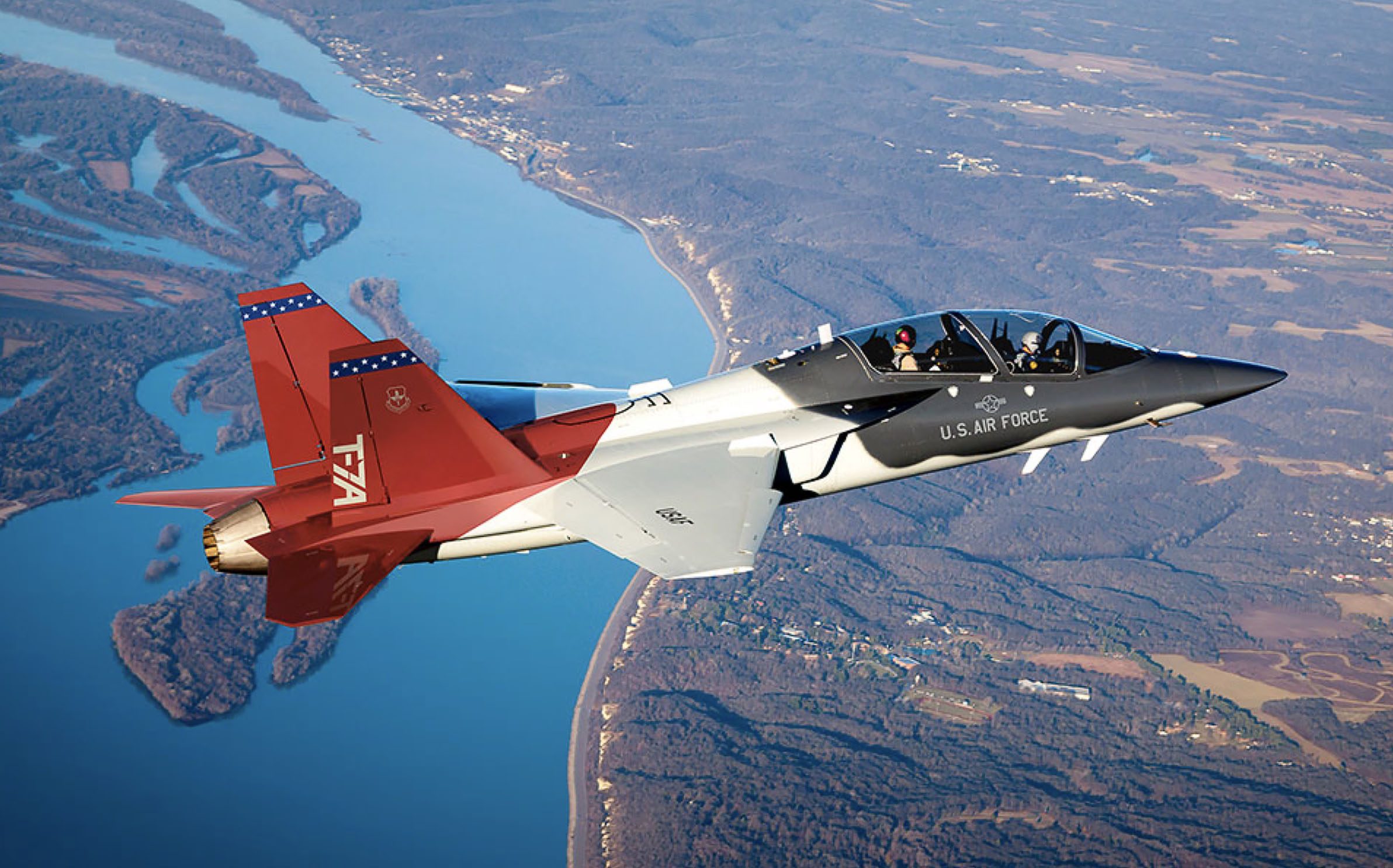Flight testing of the T-7A Red Hawk advanced trainer is expected to commence this summer, as the resolution of ejection seat concerns that caused program delays seems imminent, according to sources from Boeing and the Air Force. Ejection seat issues prompted the USAF and Boeing to slow down the program in December, pushing production deliveries to the second half of 2024. During tests with pilot manikins representing smaller potential pilots, the seats did not perform as expected. “We anticipate that engineering, manufacturing, and development (EMD) flight testing will begin this summer after receiving the military flight release,” stated a Boeing spokesperson to Air & Space Forces Magazine. “We continue to make progress in T-7 escape system testing. Together with the U.S. Air Force, we have gathered substantial data that indicates we are moving in the right direction.”

The spokesperson also highlighted testimony from Air Force acquisition executive Andrew Hunter on March 29. Hunter informed the House Armed Services tactical aviation subcommittee that “we made significant progress in February by successfully conducting a sled test to address some of the escape system issues that were causing delays.” The successful completion of these tests “would enable us to obtain military flight release and commence developmental testing, allowing us to overcome the program’s previous setbacks,” added Hunter. Boeing has constructed five T-7As and continues to fly T1 and T2, which were built prior to the program’s award, in order to collect data. However, the other aircraft are awaiting clearance for flight, and the Air Force Director of Operational Test and Evaluation has prohibited military pilots from flying the T-7A until the ejection seat issue is resolved, preventing government flight test activities from commencing.

Although T1 and T2 were built using “production” tooling, they do not fully represent the final operational aircraft, unlike the three other planes. The ejection seat issue arose concurrently with separate concerns about flight controls, which led to the program’s delay. However, the flight control problem was resolved several months ago. Sources informed Air & Space Forces Magazine that the Air Force either evaluated the data from earlier ejection seat tests improperly, incorrectly instrumented the manikins, or both. A reevaluation of the data, combined with the testing referenced by Hunter, now indicates that the seats meet the required standards, according to the sources. The Air Force removed T-7 procurement funds from its fiscal year 2024 budget request, anticipating a production delay due to the ejection seat issue. The service has not yet confirmed if it plans to reallocate funds in 2024 to expedite production.

According to budget justification documents, the Air Force intends to manufacture 94 T-7s over the next five fiscal years at an estimated cost of $2.205 billion. Production is set to commence with 14 aircraft in fiscal year 2025, followed by 21, 23, and 36 in 2026-2028, respectively. Funding starts at $330.6 million in 2024 and increases to $834.2 million by 2028. The total cost of acquiring the planned 351 aircraft is estimated at $7.65 billion, considering the funds allocated thus far and assuming all planned aircraft are purchased. The T-7A is the first USAF aircraft designed to accommodate smaller women, and ensuring the ejection system functions properly for their body types has been identified as a potential concern for some time.

In its 2021 Weapon System Annual Assessment, the Government Accountability Office identified the T-7’s ejection seat as one of two “primary” risks to the trainer’s development. In the subsequent year’s report, the ejection seat was classified as a “top” program risk. The next significant program milestone for the T-7A is scheduled for November when Pentagon acquisition and sustainment chief William LaPlante will decide whether the aircraft can enter Low-Rate Initial Production, known as Milestone C. Aircraft delivered after this decision point would be expected to arrive in late 2024. In December 2022, a Boeing spokesperson informed Air & Space Forces Magazine that the company was collaborating with the USAF to revise the flight test and production schedule, taking into account supply chain issues and labor shortages that have also affected the program.